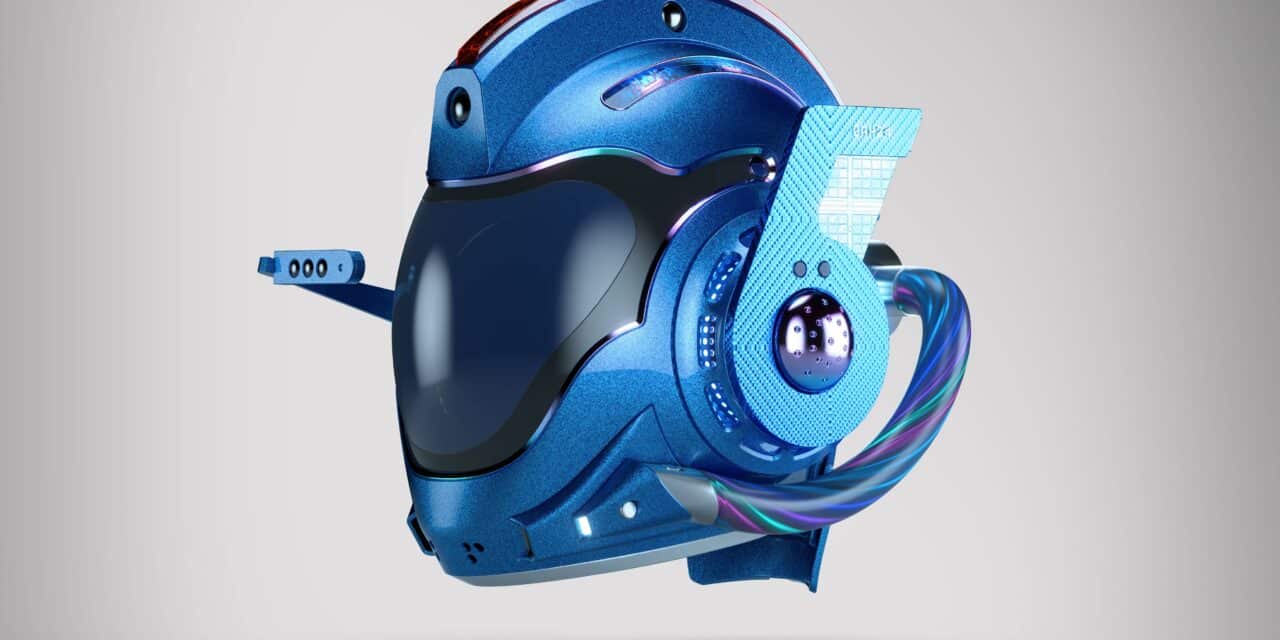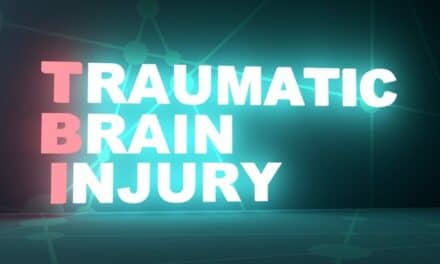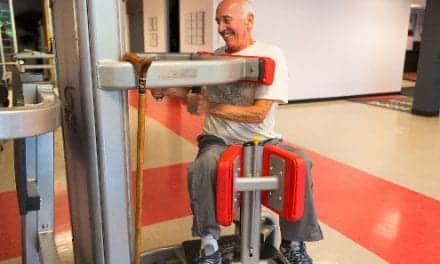Summary:
Brooks Rehabilitation has introduced the NeuroShield, a conceptual helmet designed with cutting-edge technology to provide the most advanced protection against traumatic brain injuries (TBIs) while raising awareness of brain safety.
Key Takeaways:
- Innovative Protection: The NeuroShield features advanced technologies like an Air Cushion Restraint System, white graphene armor, and a spine protector to maximize head and spinal safety.
- Smart Safety Features: Equipped with a Heads-Up Display, onboard CPU, and emergency beacon, the helmet enhances situational awareness and ensures prompt emergency response.
- TBI Awareness Initiative: By showcasing an idealized version of brain protection, Brooks Rehabilitation aims to educate the public on the importance of head safety and TBI prevention.
Brooks Rehabilitation, which treats patients after life-altering brain injuries, spinal cord injuries, strokes, and other complex conditions, unveiled the concept for the NeuroShield—the world’s first helmet design that would offer the most effective protection against all forms of traumatic brain injuries (TBIs) compared to any helmet available on the market, according to the company.
Designed by Brooks’ expert panel of brain injury specialists, the conceptual helmet aims to raise awareness for brain safety through this shocking design, highlighting how fragile the brain truly is.
“TBI is an invisible epidemic,” said Trevor Persaud, DO, Medical Director of the Brain Injury Program, Brooks Rehabilitation. “A fall or a collision can happen to anyone, but with proper protection, the consequences can be much less severe.”
The NeuroShield: A Game-Changer in Head Protection
In order to truly protect the brain from a TBI, the NeuroShield would need to offer an array of advanced technologies for an unprecedented level of protection and safety, including:
- Heads-Up Display (HUD): Real-time health and safety data keep users informed without distractions, with alerts on posture, speed and external threats like approaching vehicles or uneven terrain.
- Air Cushion Restraint System (ACRS): Upon impact, airbags activate to provide 100% shock absorption, effectively reducing trauma to the brain.
- Spine Protector Extender: Protects the neck and spinal cord to prevent secondary injuries, a feature missing in traditional helmets.
- White Graphene Armored Casings: Lightweight yet 200 times stronger than steel, this revolutionary material provides unmatched impact resistance.
- Onboard CPU and Emergency Beacon: In the event of a crash, the helmet’s CPU sends emergency alerts and location details to emergency services and loved ones.
Raising Awareness of the Importance of TBI Prevention
According to the Centers for Disease Control and Prevention (CDC), TBIs resulted in 214,110 hospitalizations in 2020 and contributed to 69,000 deaths in 2021. Despite the risks, many people neglect to use any form of head protection. By providing an idealized visual representation of comprehensive head protection, Brooks hopes to educate the public on the importance of following head safety best practices.
“Prevention is key,” said Persaud. “This helmet represents what’s possible when we combine modern technology with our knowledge of TBIs. It’s more than just a helmet—it’s a promise to protect our brains, our most valuable asset.”
To learn more about the NeuroShield and explore the helmet’s full list of features and tips for how to protect the brain, visit Brooks here. For more information on TBI prevention and rehabilitation, visit the Brooks Brain Injury Rehabilitation Program page here.
Image: Brooks Rehabilitation





